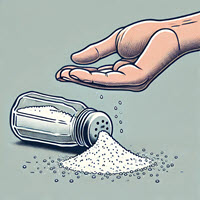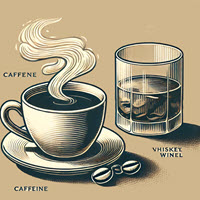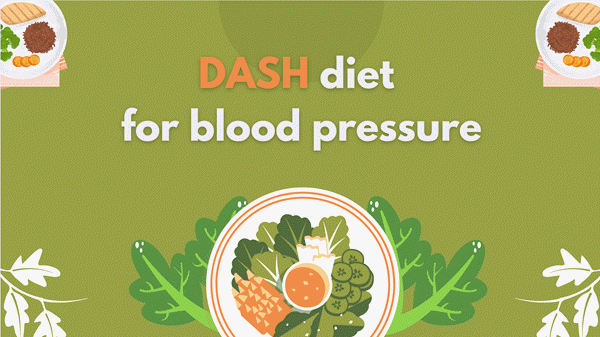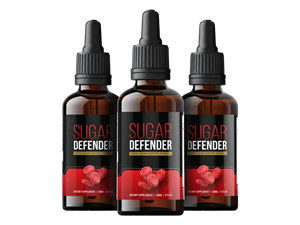The DASH diet is a healthy diet designed to help prevent or treat high blood pressure, also known as hypertension. It may also help lower low-density lipoprotein (LDL) cholesterol, which is linked to heart disease.
High blood pressure and high LDL cholesterol levels are two major risk factors for heart disease and stroke.
The DASH diet’s foods are rich in potassium, calcium, and magnesium minerals. It focuses on vegetables, fruits, and whole grains and includes fat-free or low-fat dairy products, fish, poultry, beans, and nuts.
The diet limits foods that are high in salt, also called sodium. It also limits added sugar and saturated fat, such as fatty meats and full-fat dairy products.
Diet and sodium
The standard DASH diet limits salt to 2,300 milligrams (mg) daily, about the amount of sodium in 1 teaspoon of table salt. This amount agrees with the Dietary Guidelines for Americans.
The DASH diet offers flexibility to meet your health needs. The standard DASH diet limits salt to 2,300 milligrams (mg) daily, about the amount of sodium in 1 teaspoon of table salt. However, a lower-sodium version of DASH restricts sodium to 1,500 mg daily. You can choose the diet that best suits your health needs, and if you need help determining what sodium level is right for you, talk to your healthcare provider.
Reducing Salt Intake

The foods at the center of the DASH diet are low in salt, so following it is likely to lower salt intake.
To further reduce salt:
- For instance, you can choose canned vegetables labeled ‘no salt added’ or ‘low sodium, ‘opt for unsalted nuts and seeds or use salt-free spices or flavorings instead of salt.
- Don’t add salt when cooking rice, pasta, or hot cereal.
- Choose plain, fresh, or frozen vegetables.
- Choose fresh, skinless poultry, fish, and lean cuts of meat.
- Eat less restaurant food. When eating at restaurants, ask for dishes with less salt and ask not to have salt added to your order.
As you cut back on processed, salty foods, your taste buds may need time to adjust. However, once they do, you might prefer DASH eating. And the long-term health benefits, such as lower blood pressure and reduced risk of heart disease and stroke, will make your commitment to the DASH diet worthwhile.
“Say Goodbye to Sugar Spikes: Sugar Defender’s Smooth Approach”
What are the main food groups in the DASH diet?
The DASH diet is a straightforward and balanced eating plan that provides food choices. It helps create a heart-healthy eating style for life. There’s no need for special foods or drinks. Diet foods are readily available at grocery stores and most restaurants, making it easy to stick to the plan.
The DASH (Dietary Approaches to Stop Hypertension) diet emphasizes several key food groups. The main food groups in the DASH diet are:
- Vegetables: 4-5 servings per day
- Fruits: 4-5 servings per day
- Grains (mainly whole grains): 6-8 servings per day
- Low-fat or fat-free dairy products: 2-3 servings per day
- Lean meats, poultry, and fish: 6 or fewer servings per day
- Nuts, seeds, and legumes: 4-5 servings per week
- Fats and oils: 2-3 servings per day
- Sweets and added sugars: 5 or fewer servings per week
The DASH diet emphasizes foods rich in potassium, calcium, magnesium, fiber, and protein while low in saturated fat, total fat, and cholesterol. It encourages the consumption of nutrient-dense whole foods and limits the intake of processed foods, sugary beverages, and foods high in saturated fats. By following these guidelines and consuming the recommended servings from each food group, the DASH diet aims to help lower blood pressure, improve heart health, and promote overall well-being
Suggested servings
The DASH diet provides daily and weekly nutritional goals. The number of servings depends on daily calorie needs.
Here’s a look at the recommended servings from each food group for a 2,000-calorie-a-day DASH diet:
- Grains: 6 to 8 servings a day. One serving may be 1/2 cup of cooked cereal, rice, pasta, one slice of bread, or 1 ounce of dry cereal.
- Vegetables: 4 to 5 servings a day. One serving is 1 cup raw leafy green vegetables, 1/2 cup cut-up raw or cooked vegetables, or 1/2 cup vegetable juice.
- Fruits: 4 to 5 servings a day. One serving is medium fruit, 1/2 cup fresh, frozen, or canned fruit, or 1/2 cup fruit juice.
- Fat-free or low-fat dairy products: 2 to 3 servings a day. One serving is 1 cup of milk or yogurt or 1 1/2 ounces of cheese.
- Lean meats, poultry, and fish: 6 1-ounce servings or fewer a day. One serving is 1 ounce of cooked meat, poultry, fish, or one egg.
- Nuts, seeds, dry beans, and peas: 4 to 5 servings weekly. One serving is 1/3 cup nuts, two tablespoons peanut butter, two tablespoons seeds, or 1/2 cup cooked dried beans or peas, also called legumes.
- Fats and oils: 2 to 3 servings a day. One serving is one teaspoon of soft margarine, one teaspoon of vegetable oil, one tablespoon of mayonnaise, or two tablespoons of salad dressing.
- Sweets and added sugars: 5 servings or fewer a week. One serving is one tablespoon of sugar, jelly, jam, 1/2 cup of sorbet, or 1 cup of lemonade.
What are some excellent sources of lean meats in the DASH diet
The DASH diet recommends including lean meats as part of a balanced eating plan. Some good sources of lean meats in the DASH diet include:
- Poultry: Skinless chicken and turkey breast are excellent lean protein options.
- Fish: The DASH diet encourages the consumption of fish, particularly fatty fish rich in omega-3 fatty acids. Good choices include salmon, sardines, cod, herring, and tuna.
- Lean cuts of beef: Options like strip steak or 90% lean ground beef can be included in moderation. Grass-fed meat is preferable as it tends to be lower in fat.
- Pork: Lean cuts of pork, such as tenderloin or fresh ham, can be incorporated into the diet.
- Eggs: While not technically meat, eggs are an excellent source of lean protein in the DASH diet.
When including these protein sources in your meals, the DASH diet recommends:
- Limiting meat consumption to 6 ounces or less per day.
- Trimming visible fat from meats before cooking.
- Cooking methods like baking, broiling, grilling, or roasting should be used instead of frying.
- Incorporating lean meats into dishes where vegetables, whole grains, herbs, and nuts can take center stage.
Remember to choose low-sodium options when possible and limit processed meats like hot dogs, breakfast meats, and deli meats, as these tend to be high in sodium.
Alcohol and caffeine

Drinking too much alcohol cannot only increase blood pressure but also lead to other health issues, such as liver disease and certain types of cancer. Similarly, while the DASH diet doesn’t mention caffeine, excessive consumption can cause blood pressure to rise, at least briefly, and may also lead to other health problems.
If you have high blood pressure or if you think caffeine affects your blood pressure, think about cutting it down. You might talk to your healthcare provider about caffeine.
Try My Healthy Meal Planner GPT
Transform your meal planning with our Healthy Meal Planner GPT! This personalized tool helps you create balanced, organic meal plans tailored to your dietary needs and nutritional goals. Enjoy delicious recipe suggestions, easy grocery lists, and tips for efficient meal prep. Stay motivated and on track with our supportive, friendly guidance. Start your journey to a healthier you today!


